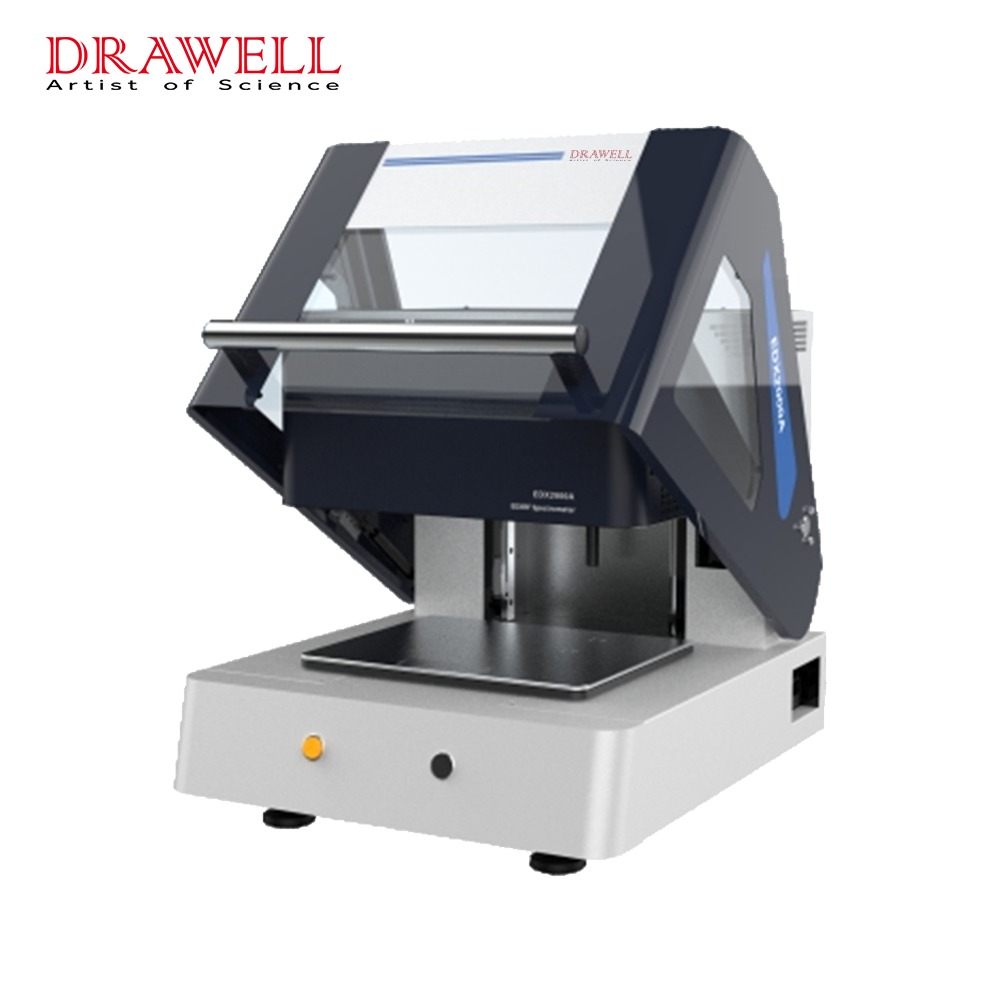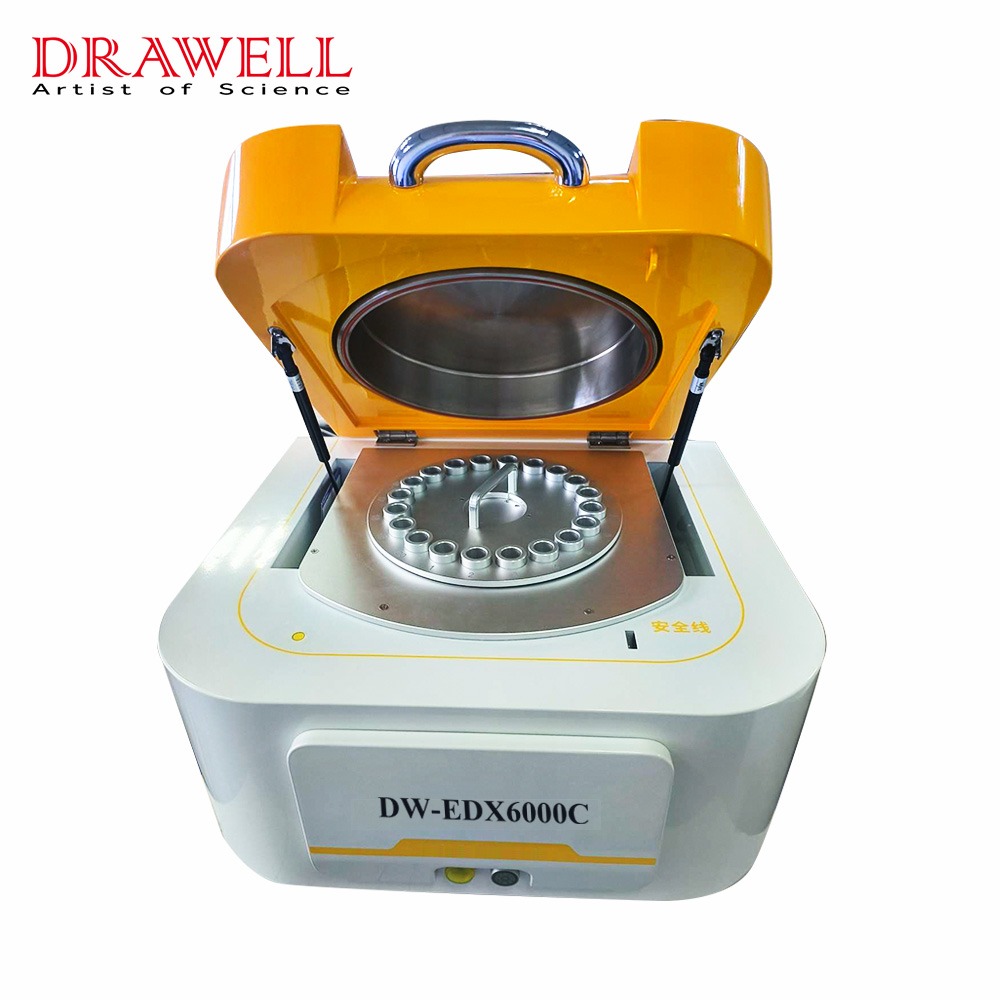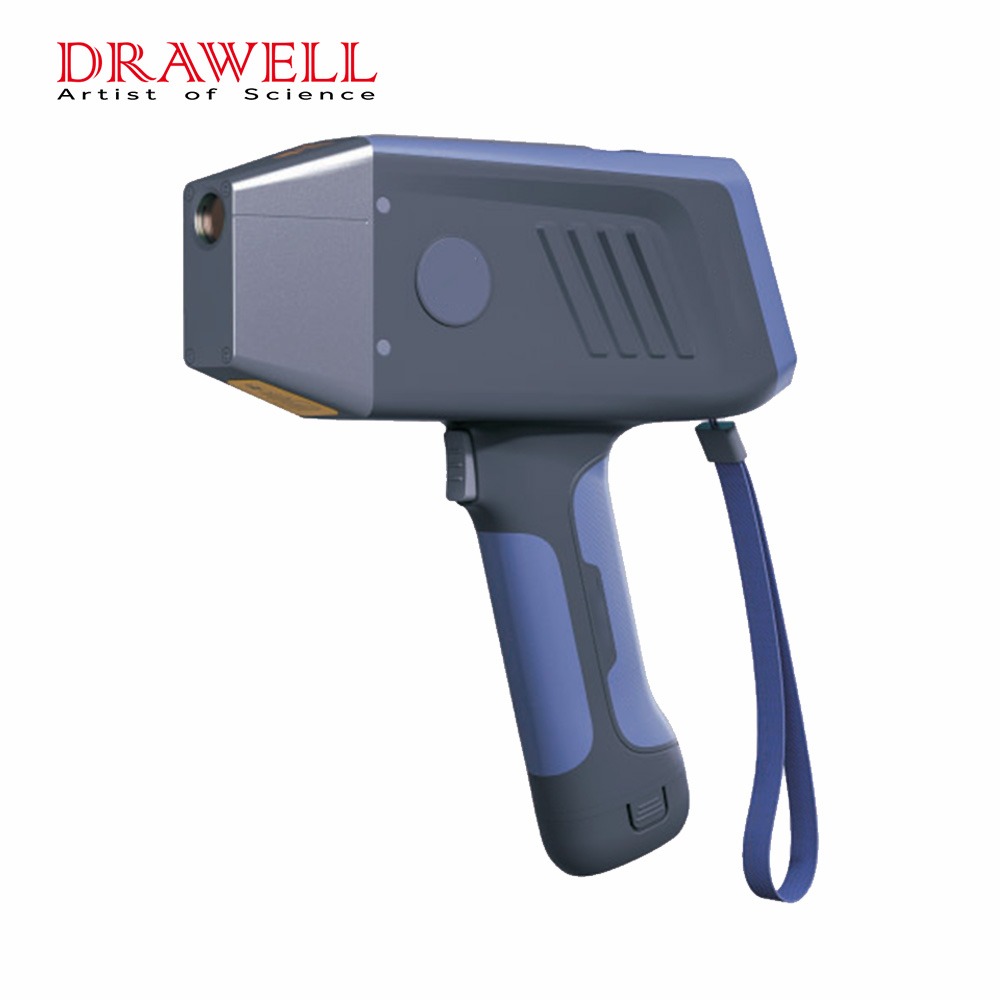X-Ray Fluorescence Spectrometer (XRF) and X-Ray Diffractometer (XRD) are both commonly used spectrometers in laboratories. So what is the difference between them? If you are confused about choosing XRD or XRF, please take five minutes to understand the difference.
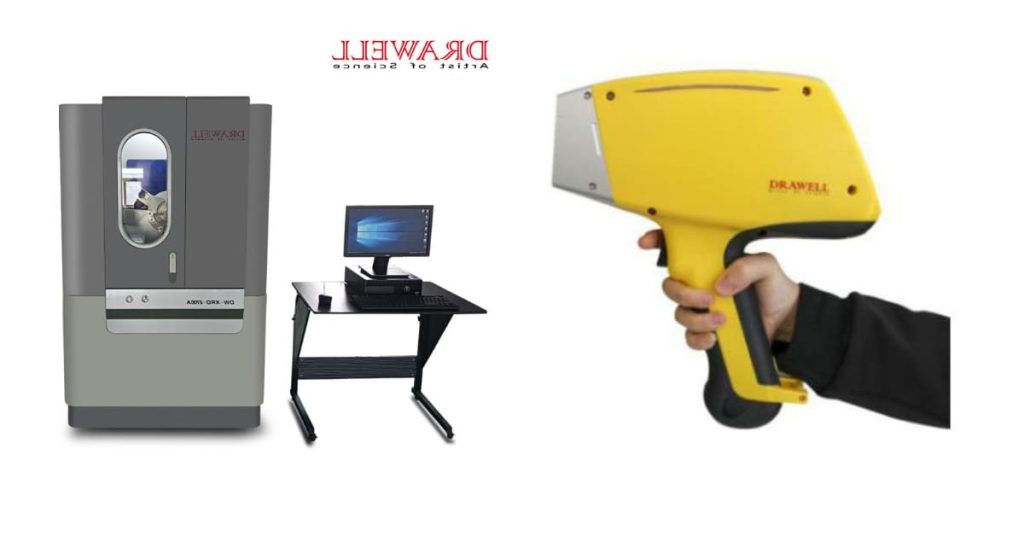
What is X-Ray Diffractometer (XRD)?
The vast majority of solid materials are crystals or quasicrystals, which can produce characteristic diffraction of X-rays. By recording these diffractions in a proper way, different patterns of X-ray diffraction patterns can be obtained. It can be said that the X-ray diffraction pattern of each substance carries a wealth of information about the structure of the substance. By analyzing these patterns, the structure of the sample can be studied and determined. “Structure” here includes: the elemental composition, composition, structure, organization, structure, state, and other meanings of material materials. With the continuous advancement of technology, XRD has now been widely used in many fields such as materials science, physics, chemistry, and chemical engineering.
We can use XRD to perform qualitative and quantitative analyses. According to the characteristics of the X-ray diffraction spectrum, the existence of the phase can be judged, which can be divided into the identification or verification of a single phase and the identification of the mixture phase; quantitative analysis: the relative content of each phase can be judged according to the intensity distribution of the diffraction lines.
What Does XRF Refer to as a Spectrometer?
XRF has the characteristics of fast analysis speed, high accuracy, no damage to samples, and simple sample pretreatment. It has a wide range of applications, involving metals, cement, oils, polymers, plastics, food, and minerals, geology, and the environment. XRF is also a very useful analytical method in medical research.
X-ray fluorescence spectrometers can be divided into two categories: energy dispersive (EDXRF) and wavelength dispersive (WDXRF), which will be introduced in detail later. The elements that can be analyzed and the detection limits depend primarily on the spectrometer system used. The elements analyzed by EDXRF are from Na to U; the elements analyzed by WDXRF are from Be to U. Concentrations range from ppm to 100%. Usually, the detection limit of heavy elements is better than that of light elements.
The precision and reproducibility of XRF analysis are high. If there is a suitable standard, the accuracy of the analysis is very high, of course, it can be analyzed without a standard. The measurement time varies from a few seconds to 30 minutes, depending on the number of elements to be measured and the required accuracy. Data processing time after the measurement is only a few seconds.
In XRF, the sample is irradiated with X-rays generated by a light source. Typically, this light source is an X-ray tube. The elements present in the sample emit fluorescent X-ray radiation (equivalent to different colors of visible light) of different energies (discrete) that characterize these elements. Different energies are equivalent to different colors.
By measuring the radiant energy emitted by the sample (determining the color), it is possible to determine which elements are present in the sample. This step is called qualitative analysis. The content of elements can be known by measuring the intensity of energy, which is quantitative analysis.

So What Is the Difference Between XRF and XRD?
Generation of characteristic X-ray fluorescence
In the classical atomic model, an atom is composed of a nucleus and extranuclear electrons. The nucleus is composed of positively charged protons and uncharged neutrons. The extranuclear electrons are distributed in certain orbits. The inner layer is called the K layer, and the outer layers are sequentially The L layer is further divided into three sub-shells: LⅠ, LⅡ, and LⅢ, and the M layer is divided into five sub-shells: MI, MⅡ, MⅢ, MⅣ, and MⅤ. The K layer has 2 electrons, the L layer has 8, and the M layer has 18. The energy an electron has depends on the element it belongs to and the shell it is in. When an atom is irradiated with sufficiently high-energy X photons and electrons, the electrons are expelled from the atom.
Tip: Pay attention to the difference and connection between XRD and XRF wavelength dispersion, XRF spectroscopic crystal is the sample of XRD, that is to say, the lattice constant is known.
XRD and XRF are used differently
XRD is X-ray diffraction spectrum, (X-ray diffraction analysis) is used to determine the structure of crystals, and XRF is X-ray fluorescence emission spectrum, (X-ray fluorescence analysis) is mainly used for qualitative and quantitative analysis of elements, general determination of Elements with atomic numbers less than Na can be quantitatively determined in the concentration range of constant, trace, and trace.
There is a difference in principle between XRD and XRF
XRD is based on the coherent scattering of X-rays, with the Bragg formula 2d sinθ=nλ, crystal theory, and reciprocal lattice Oswald diagram as the main principle; XRF is based on Mosley’s law (1/λ)1/ 2=k(Z-S), k, S are constants related to linearity.
Therefore, it is concluded that different elements have different X-rays (ie characteristic lines) based on the qualitative and quantitative analysis of the elements. The Bragg equation is a fundamental formula for structural analysis.
X-rays are light radiation generated by the transition of electrons in the inner layer of atoms under the bombardment of high-speed moving electrons. There are mainly two types of continuous X-rays and characteristic X-rays.
Crystals can be used as gratings for X-rays, and the coherent scattering of these large numbers of particles (atoms, ions, or molecules) will interfere with light, increasing or decreasing the intensity of the scattered X-rays.
Due to the superposition of scattered waves of a large number of particles, they interfere with each other and produce a beam of high intensity called X-ray diffraction lines. To meet the diffraction conditions, the Bragg formula can be applied: 2dsinθ=nλ.
Applying X-rays of known wavelengths to measure the θ angle to calculate the interplanar spacing d, which is used for X-ray structure analysis; the other is to use crystals with known d to measure the θ angle to calculate the characteristic X-rays. The wavelength can be used to detect the elements contained in the sample from the existing data.
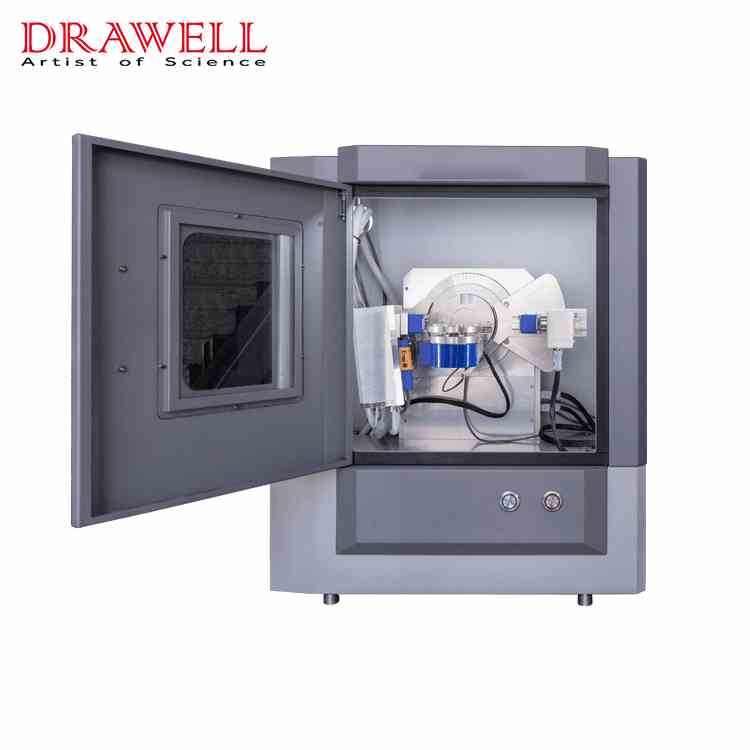
They also use energy-dispersive to determine elements is —EDS
EDS is a semi-quantitative analysis, and the error is generally around 5%~10%. After the element is automatically determined, it is necessary to artificially add or remove some impossible elements according to the sample. If the element is not displayed at all, it is also 0. This is still With a reference value of one point, EDS uses electrons to excite inner-layer electrons to generate vacancies, and electron transitions at higher atomic energy levels generate characteristic X-rays for elemental analysis.
The intensity of characteristic X-rays is related to many factors, such as surface content, ionization cross-section, X-ray yield, etc. The production of characteristic X-rays is in a competitive relationship with the generation of Auger electrons and is related to the atomic number of the element. decrease, the yield of Auger electrons increases, while the yield of characteristic X-rays decreases, when the atomic number = 19 (that is, K element), the yield of Auger electrons is 90%, and the corresponding yield of characteristic X-rays = is 10%.
Therefore, EDS is suitable for detecting elements with larger atomic numbers more accurately, while the detection of elements with smaller atomic numbers has high requirements on instruments, operating conditions, and samples.

